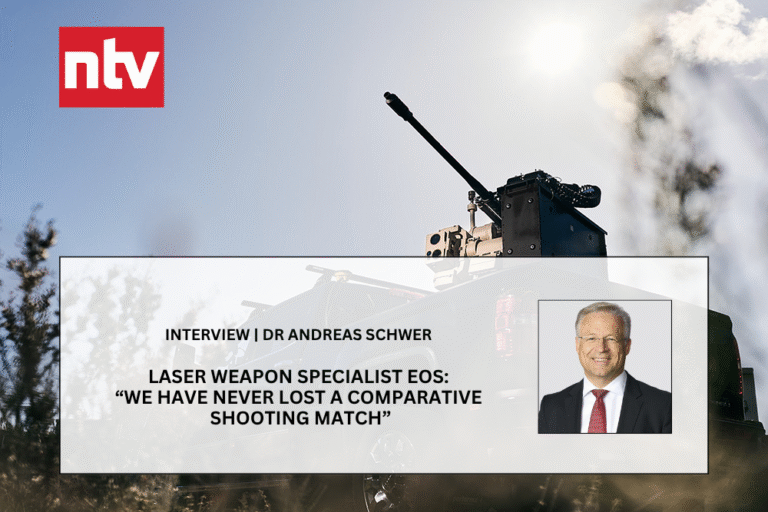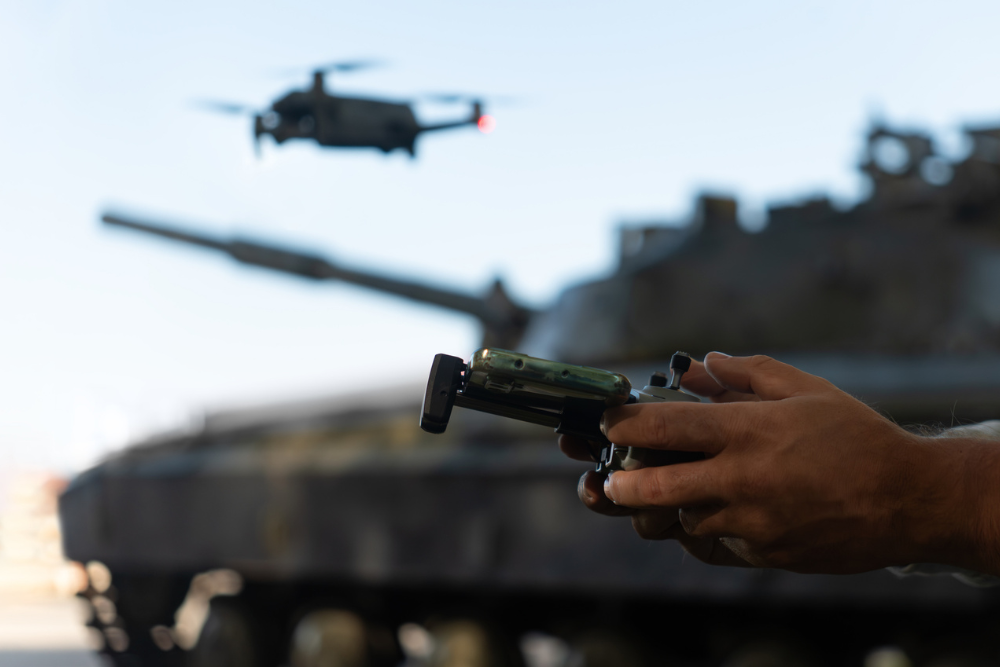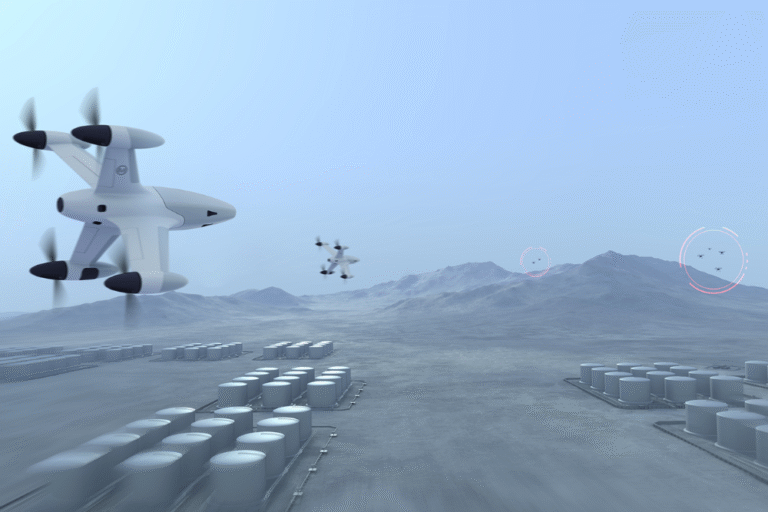

29 October 2025
Massive push for autonomous weapons and drones to increase Australia's defence capability
By Stephen Drill, Daily Telegraph
Australia's cutting-edge weapons are attracting global buyers, but analysts warn we’re still “way behind” if we want to be a defence superpower.
Australia has the chance to become a world leader in drone and autonomous weapon technology if it supercharges investment in the sector, analysts say.
NATO allies have already placed orders from Star Wars-style counter-drone lasers made in Canberra, which will be crucial on the battlefields in Ukraine.
The Australian Defence Force has also spent more than $1 billion on a revolutionary Ghost Bat – an unmanned fighter jet – designed and built in Australia.
And a Sydney factory is producing Ghost Shark submarines, which will be a nimble accompaniment to the $368 billion Aukus nuclear submarine project.
Anduril Australia has won a $1.7 billion contract to build the long-range underwater vessels at a site in Alexandria, Sydney, as our defence forces scramble to counter the threat posed by China.
Ukraine’s spectacular success with the Operation Spider Web attacks, which damaged 40 Russian aircraft using 117 drones costing as little as $400, has redefined modern warfare.
Dr Andreas Schwer, chief executive at Electro Optic Systems, spoke from Dubai where he was meeting with potential customers for his company’s counter drone system.
The Apollo Laser System, developed in Canberra, can fire as many as 20 rounds a minute at drones, for as little as $1 per shot.
Mr Schwer said modern warfare had shifted dramatically with swarms of drones now being deployed in deadly attacks.
“Within a few seconds you need to be able to shoot down as many drones as possible. Our laser drones can shoot down between 20 and 30 drones per minute,” he said.
A NATO ally, which EOS declined to name, has already purchased the Apollo system, which will be delivered for use by the end of 2027.
“It’s desperately needed, that’s the game changer effect,” he said.
Middle Eastern countries have also expressed interest in the system, which fits into a shipping container.
The system was also likely to be rolled out at airports across the world to prevent terror attacks.
Mr Schwer, who has worked in Saudi Arabia, Germany, France, Switzerland and the United States, said Australia was on the cutting edge of military technology.
“Australia’s defence industry has a great chance of becoming a leading nation in global anti-drone warfare,” he said.
“I believe that Australia will play a dominant role in all anti-drone warfare into the future.”
He said EOS has been developing laser technology since the 1980s.
Another Australian company, Sypaq, has won a contract with the Australian Army to supply its Convo X drones.
The Victorian company has already been sending thousands of cardboard drones to Ukraine.
The drones, which cost as little as $1000, have been used to attack Russian Mig-29 and Su-30 fighter jets.
The successful innovations of Australian-made systems were likely to be crucial to Australia in case there was a future war on our soil, amid heightened fears of a looming conflict with China.
Dr Malcolm Davis, a senior analyst at the Australian Strategic Policy Institute, said Australia needed “low cost, high volume and rapid acquisition” of autonomous weapons.
Australia has bet big on the Ghost Bat and the Ghost Shark.
“There has to be a change in thinking in defence, it just can’t be that a Ghost Bat will replace an F-35 and that they are in service for 20 or 30 years,” he said.
“They could be in service for three to five years and then replaced by the next iteration of technology. It’s about the operating system, similar to an iPhone, that is constantly being updated.”
Dr Davis said the Ukraine war showed that low cost drones, even ones bought off Amazon, could have a deadly effect.
And he warned that China was already converting ferries to deliver drone attacks and that they could even launch them from shipping containers on commercial vessels if there was a war over Taiwan.
Michael Shoebridge, co-founder of Strategic Analysis Australia, said Australia was “way behind” on autonomous weapons.
He said military chiefs had focused on “expensive” autonomous weapons like the Ghost Bat and Ghost Shark, instead of buying cheap drones en masse like the Ukrainians have been doing in the war against Russia.
“Australian companies are making them and multiple other countries are buying them but not Australia, that’s an indictment of our military policy,” he said.
Australia has a weaponised drone, the Switchblade 300, which the US has already stopped using because they were unreliable and expensive, he added.
Matilda Byrne, co-ordinator of the Stop Killer Robots campaign, said clear international law was needed for the technology, given its increasing use in warfare.
“There is no place for autonomous weapons that target humans,” she said.
“Autonomous weapons must be used in line with various obligations to ensure meaningful human control, compliance with international law and consideration of ethical and security concerns.
“Australia will not rule out these unacceptable autonomous weapons and does not support a new treaty on autonomous weapons with urgently needed prohibitions and regulations.”
“It represents the biggest peacetime increase in Defence spending in Australia’s history with an additional $70 billion for Defence capabilities over the decade.
“From $55 billion for Navy’s surface combatant fleet and $10 billion for drone and counter-drone technology, to over $16 billion for domestic missile manufacturing, the Albanese Government will continue investing in the capabilities the Australian Defence Force needs to keep Australians safe.”
Originally published as Massive push for autonomous weapons and drones to increase Australia’s defence capability









